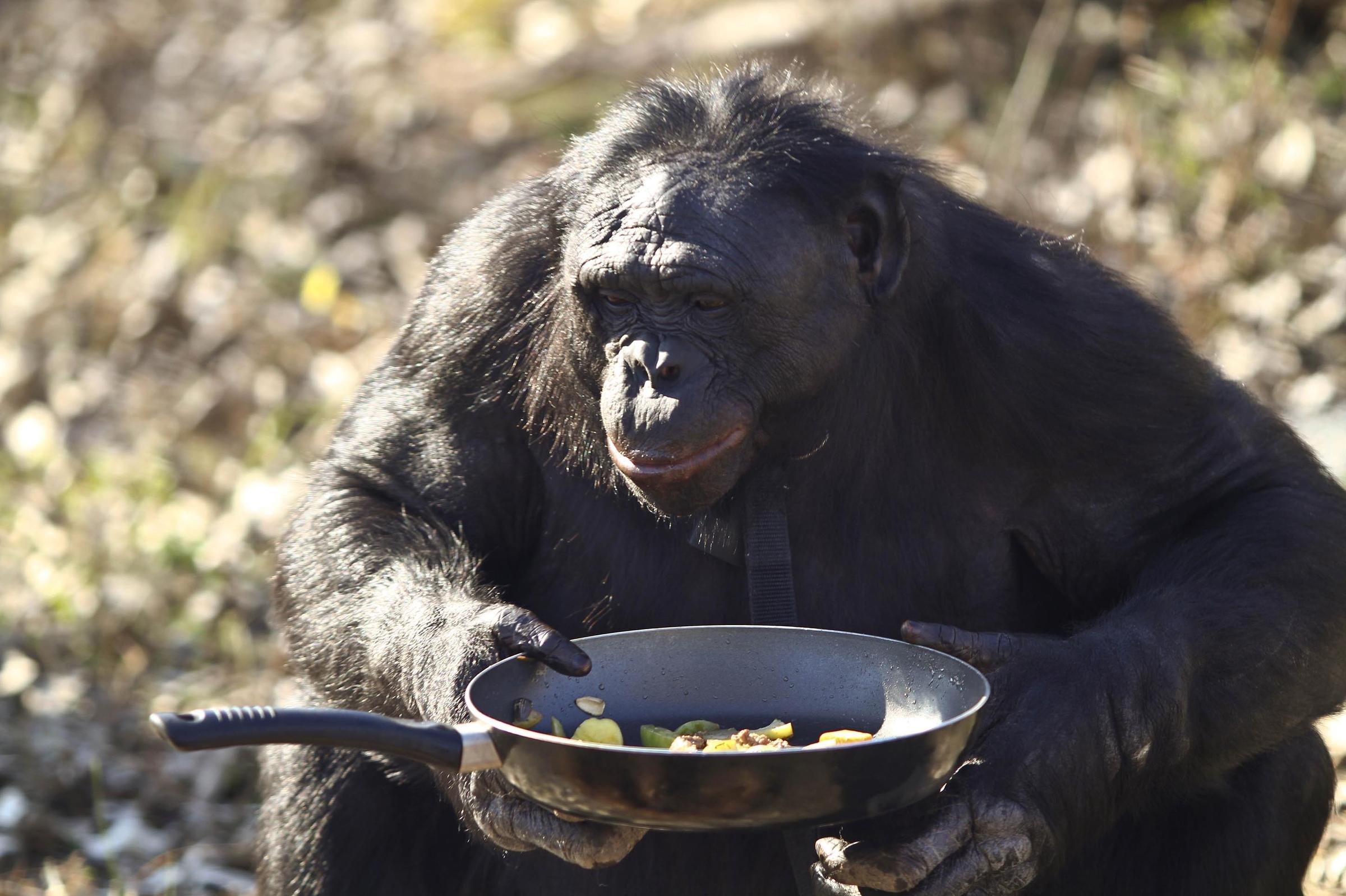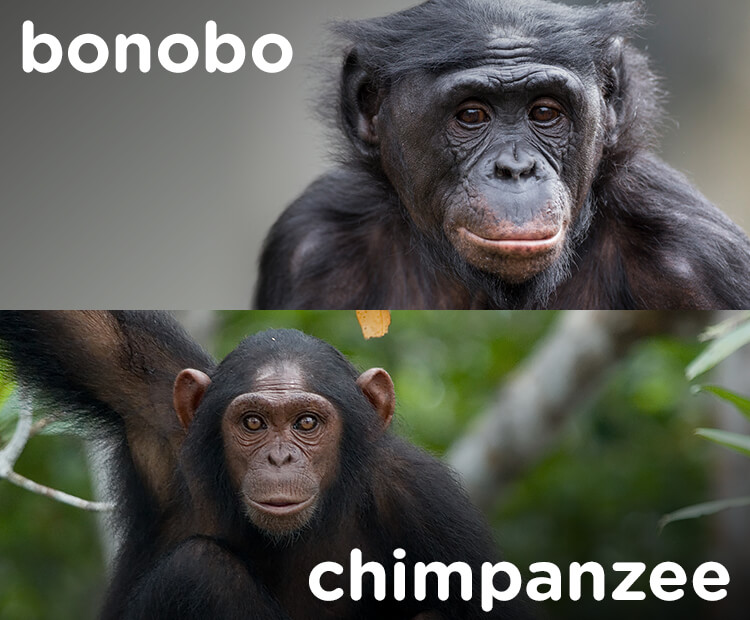

Search all is only available for default assemblies and attached hubs with dedicated BLAT servers.The new dynamic BLAT servers are not supported, and they are noted as skipped in the output. The Search all checkbox allows you to search all genomes at the same time.

Submissions is 50,000 bases or 25,000 letters.Ī valid example is GTCCTCGGAACCAGGACCTCGGCGTGGCCTAGCG (human SOD1). Up to 25 sequencesĬan be submitted at the same time. Sequence of 10000 or fewer letters will be processed. Only DNA sequences of 25,000 or fewer bases and protein or translated Rather than pasting a sequence, you can choose to upload a text file containing the sequence. If separated by lines starting with '>' followed by the sequence name. Paste in a query sequence to find its location in the Hybrids between common chimps and bonobos have occurred in managed care.BLAT Search Genome Genome: Search all genomes.One explanation for the cause of chimpanzee/bonobo genetic separation may have been the formation of the Congo River around 1.5 million years ago which divided the population and today still prevents natural contact between the two species.Bonobos and chimpanzees diverged relatively recently, about 690,000-900,000 years ago according to Kaessmann et al (1999) or Won & Hey (2005) or somewhat earlier at 1.8 million years ago based on estimates by Yu et al (2003) or even earlier according to mitochondrial DNA (Gagneux et al 1999).Divergence between Homo (humans) and Pan (chimps and bonobos) occurred 5-8 million years ago.The last common ancestor of today's apes and humans lived about 18 million years ago.By 28-25 million years ago (Oligocene), earliest anthropoids divided into a lineage from which Old World monkeys and hominids (apes and humans) evolved.40 million years ago New World monkeys diverged from Old World Monkeys.Both the lemur-like and the tarsier-like primates were represented by several species in the Eocene fossil record of southern California.Two main primate suborders appeared before 50 million years ago:.

Fossils, however, suggest a somewhat younger date for emergence of primate-like mammals at about 65-57 million years ago (Paleocene) in Europe and North America.Several genetic studies each examining different aspects of DNA concluded that primate-like mammals diverged from other mammals some 90 million years ago, during the Cretaceous Period.Local Names: "Eja", "Engombe" (Limongo names) "Mokumbusu" (Lingala name).troglodytes and retaining juvenile traits in adulthood bonobos, however are not smaller than all chimpanzees), dwarf chimpanzee, gracile chimpanzee Pygmy chimpanzee (based on Coolidge's 1933 species description citing Pan paniscus as being somewhat smaller than P.Bonobo (may be a mispronunciation of Bolobo, a town near the Zaire River region of early specimen collection).The genetic similarity between bonobos, chimpanzees, and humans is so high that at least one taxonomist has suggested placing them all in the same genus ( Homo) (Wildman et al 2003).2012) and 98.8% identical with the chimpanzee genome ( CSAC 2005). Recent DNA sequencing data show that the human genome is 98.7% identical with the bonobo genome ( Prüfer et al.(Maclaurin & Sterelny 2008, Kaessmann et al 1999) Together they are humans' closest relatives. Bonobos and chimpanzees are sister species, and each is equally closely related to humans.Bonobos initially described incorrectly as subspecies of the chimpanzee, Pan satyrus (Schwarz 1929) reclassified as separate species, Pan paniscus, four years later (Coolidge 1933).Bonobos (Pan paniscus) and chimpanzees (Pan troglodytes)are distinct species, according to both morphological and genetic data collected in many recent studies (Won & Hey 2005).

Other taxonomists would place the orangutans in their own separate family, Pongoidae. Wilson & Reeder (2005) would eliminate the separate subfamilies and group all four together as hominids. Groves (1989) recommended that the four great ape genera be combined into one family, Hominidae, with orangutans in a separate subfamily from the other three.


 0 kommentar(er)
0 kommentar(er)
